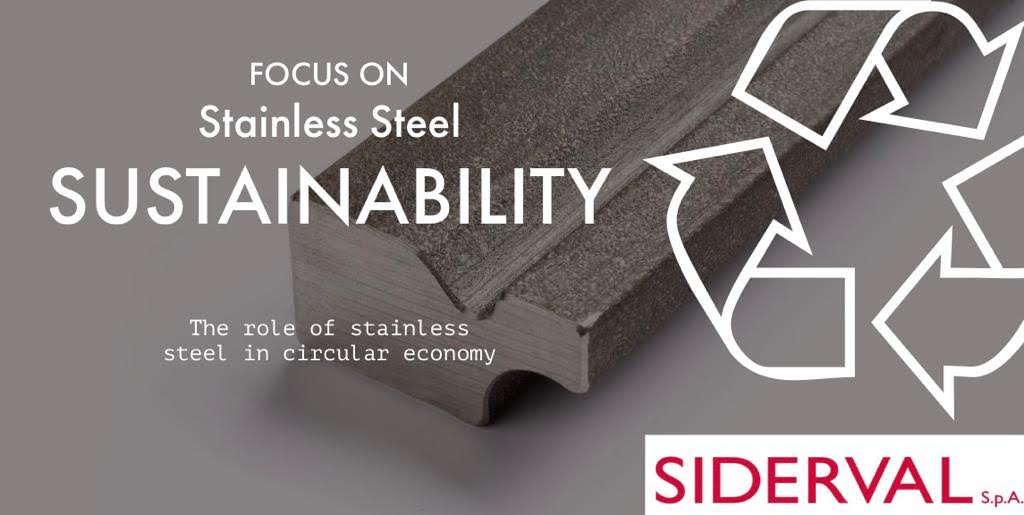Stainless steel is playing an important role in circular economy. Stainless steel is an inherently sustainable material: it is 100% recyclable with no reduction in quality and it is made of recycled materials.
Durability is also important from the life-cycle point of view.
If the correct stainless steel is selected and properly maintained, it will last the life of the project.
Stainless steel durability
Due to its durability, steel products have a long useful life and can often be recycled and used in other applications, thus saving resources. Manufacturing something only once, instead of twice or even three times during a certain time period, is of course less resource consuming. Stainless steel helps to prolong the lifetimes of applications, for example bridges susceptible to corrosion, or components like exhaust pipe systems in cars.
A study by Boston Consulting Group on the CO2 emissions related to the six relevant uses of steel revealed that CO2 savings in the use phase are six times the CO2 needed to produce the steel.
Recyclability of steel: future outlook
Steel is the world’s most recycled industrial material. In fact, it is unique in that it retains its properties no matter how many times it is recycled.
Using recycled steel scrap in steel production saves natural resources, while also reducing CO emissions.
However, there is currently not enough scrap on the market to satisfy the demand for production of new stainless steel. This means that stainless steel made today is recycled multiple times and the virgin ore such as chromium and other alloys added during production will remain in stainless steel stock actively used by society. Disposal of stainless steel waste to landfills is not harmful to the environment, but is a waste of resources.
Actions to improve stainless steel sustainability
How can we make steel and stainless steel more sustainable?
Here some inputs:
▫️Higher availability of high quality STS scrap (>Recycling Rate);
▫️Hydrogen-based steelmaking technology: an innovative technology that produces iron with hydrogen instead of coal;
▫️Low electricity prices from renewables;
▫️High CO2 costs;
▫️Carbon Border Adjustment Mechanism (CBAM) to prevent the risk of carbon leakage and support the EU’s increased ambition on climate mitigation, while ensuring WTO compatibility.



